A land
Château de Brasse stands in the foothills of the Pyrenees, on the banks of the river Aude, in between the municipalities of Limoux and Alet les Bains.
The estate extends over 625 acres and 155 are reserved for vines, planted between plains and hillsides.
Merlot, pinot noir, cabernet franc, syrah as well as chardonnay, mauzac, sauvignon and chenin are grown on this natural, unspoilt terroir.
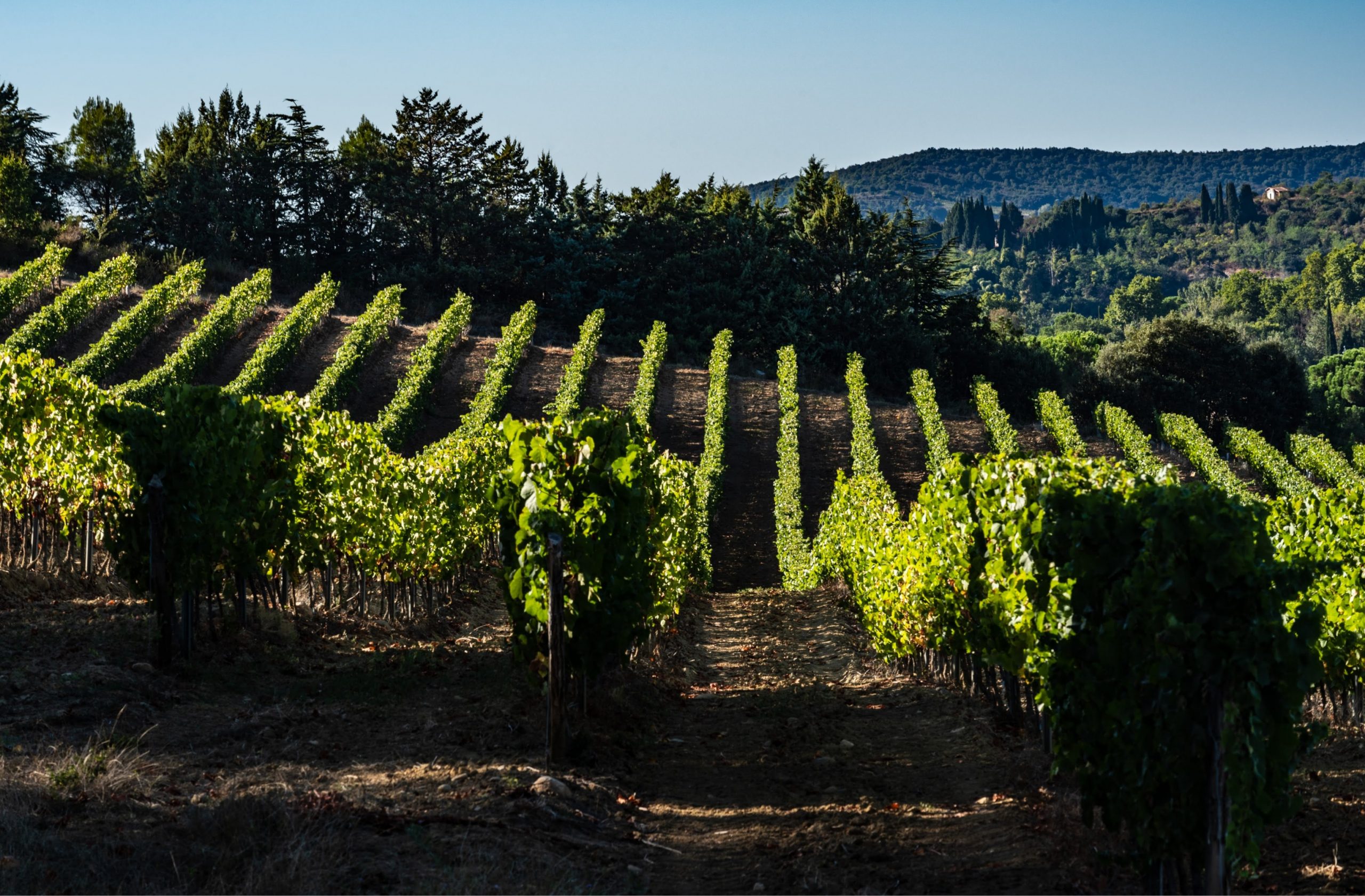
Vines were already being grown here in Gallo-Roman times. The location provided ideal irrigation: the Aude feeds a groundwater table enabling vines to get through droughts. This groundwater is Brasse’s secret treasure, and every bottle is a worthy custodian of it.
Today, half the plots are on the plains while the rest is on the hillsides at the foot of the Pyrenees. At an altitude of 200-250 meters, vines benefit from bright daylight and cooler nights and the resulting thermal amplitude is particularly favourable for Chardonnay and Pinot.
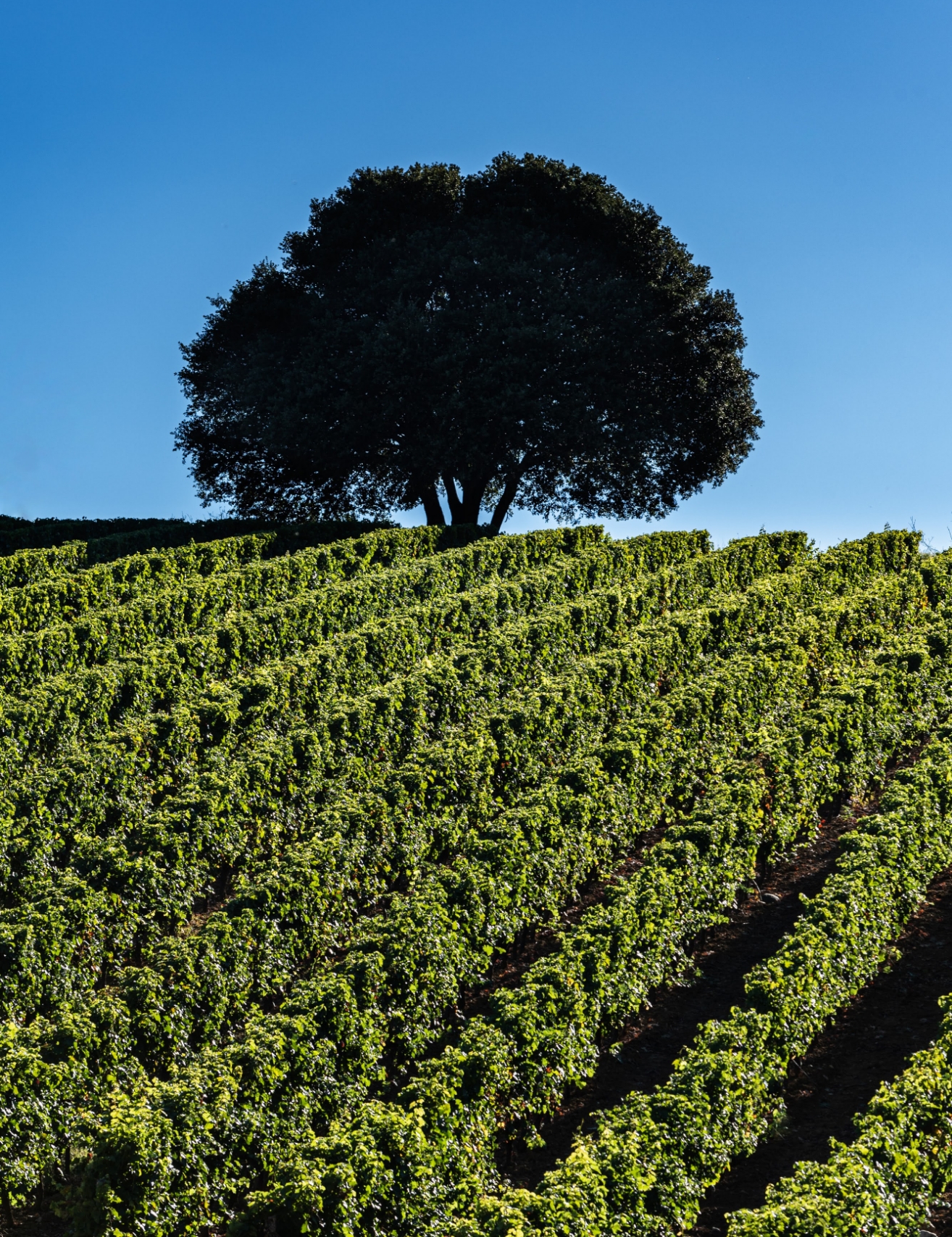
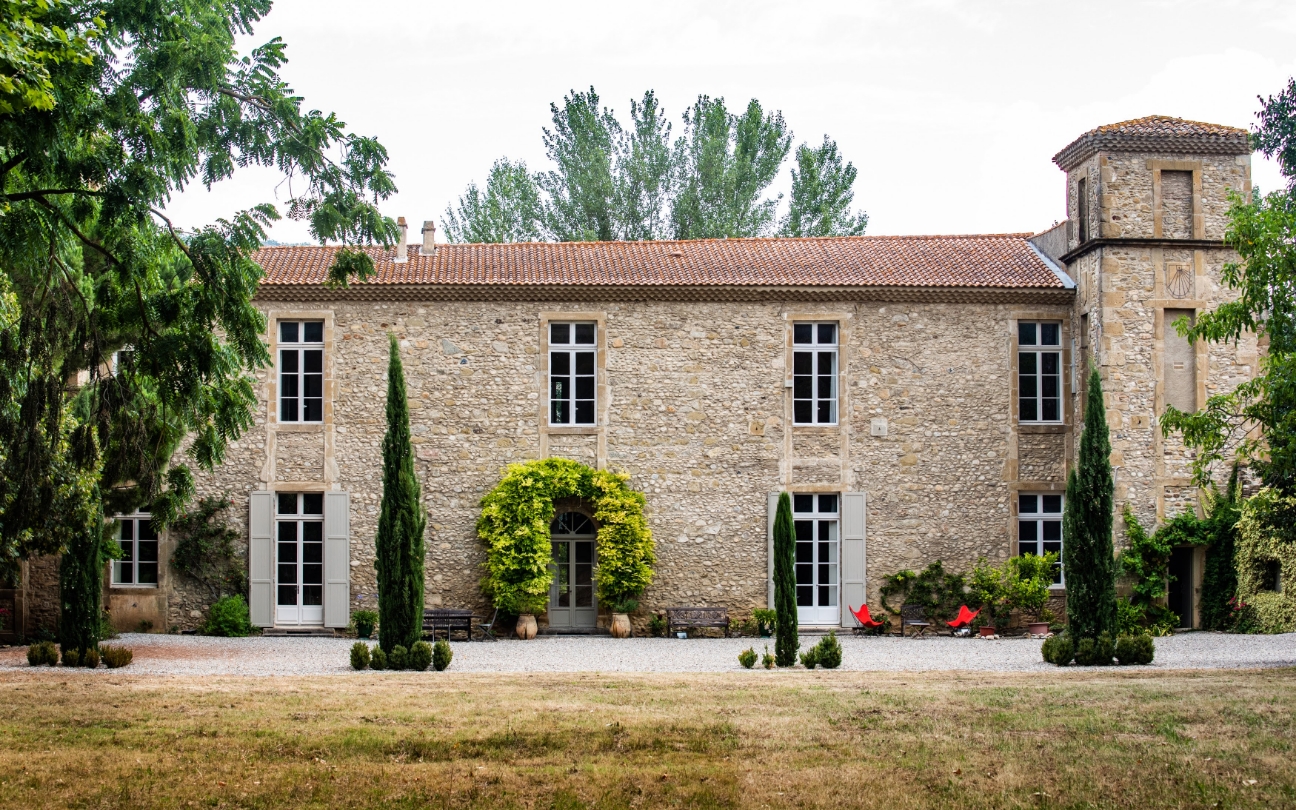
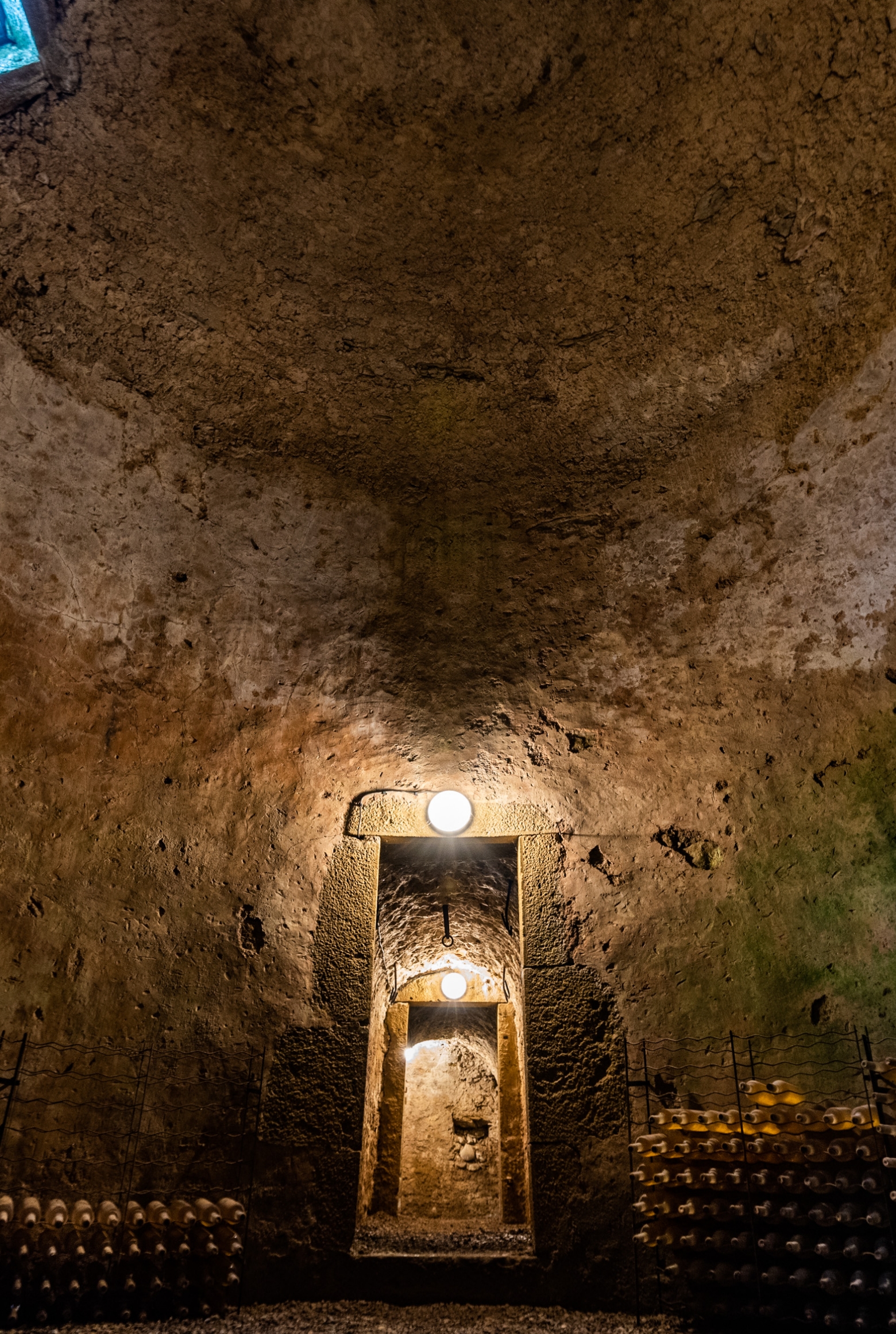


A unique heritage
Domaine de Brasse is a unique heritage site in the heart of Cathar country. The castle, whose oldest architectural foundations date back to the 10th century, is adjacent to an 18th-century aqueduct, of which twelve arches are still visible, five on the ground and seven at the top. Old mills can also be found further up the river and downstream, they were used to grind wheat and process wool.
The castle also houses an old icehouse used from the Ancien Régime up until the end of the 18th century, the building made of stone is cylindrical and topped with a dome. Large blocks of ice were brought down from the Pyrenees and then sold by the lords of Brasse, ancestors of the current owners. The family was the only one authorised to sell ice in the Limoux area by royal decree.

climate
Oceanic and Mediterranean climates collide nearby. From the Atlantic we get the open sea, strong currents, and high tides; from the Côte d’Azur come the mistral, the tramontane as well as a low and heavy sun. As a result, Brasse enjoys a warm, dry but breezy climate, excellent for vineyard and also thyme, bay trees, broom bushes, olive trees, candle cypresses and umbrella pines.

The floors
On the plain, soils are composed of filtering gravel, where as the hillsides are of limestone and clay marl. These are more structured and watertight, bringing more complexity to the wine. And as the hillsides are breezy, vineyards don’t need any chemical treatments they would normally expect on less exposed plots: cool winds prevent diseases from developing.

Grape varieties
Chardonnay, mauzac, chenin and sauvignon are the white grape varieties grown on the estate. Red grape varieties are merlot, pinot, syrah, cabernet and côt. Plots are divided between the plain PGI “Haute vallée de l’Aude”, where fruity red wines with blackcurrant flavour and floral white wines are produced, while hillsides are reserved for mineral white wines and well-structured red wines with notes of spices and violets, on the “Limoux” PGI.

